What is the taste of Yejashefi coffee beans? introduction to the characteristics of hand-brewing flavor of Yega Chefe coffee
Ethiopia is recognized as the origin of coffee, and its coffee is also popular and respected in the fine coffee market. Ethiopian coffee is now on almost every specialty coffee menu in the world, and Front Street Coffee has as many as a dozen Ethiopian coffees on its bean list. Everyone who knows the front street knows that there are good reasons for choosing each coffee bean in the front street. Each bean in the front street can represent the unique flavor and characteristics of the changed region. So why is Ethiopia's share of coffee so large? As a coffee lover, how much do you know about this coffee producing country?
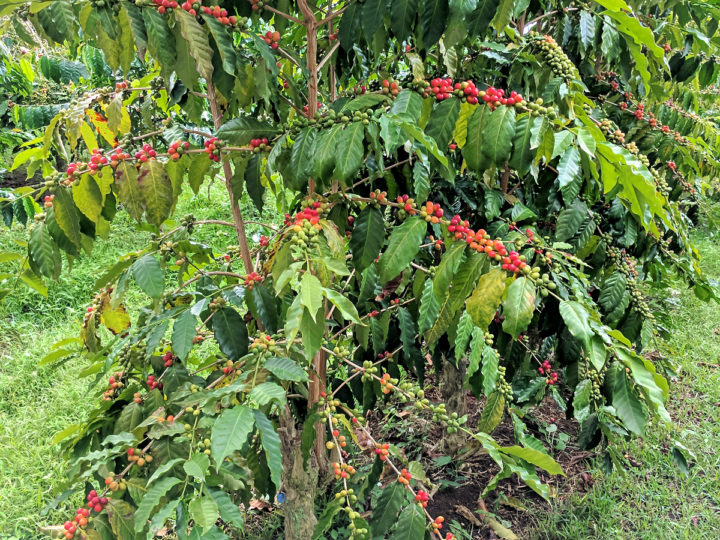
Ethiopia's coffee producing regions vary greatly, and coffee produced in each region, micro-region and even farm has a very different cup flavor profile. It is for this reason that Ethiopia is known as the world's coffee gene pool. But no matter which region, Ethiopian Arabica beans are enough to make people want to stop. If you look closely at Front Street coffee, you will see that Yegashfi coffee accounts for a large proportion of Ethiopian coffee. In this article, let Qianjie take you to explore the coffee producing area of Yejia Xuefei.
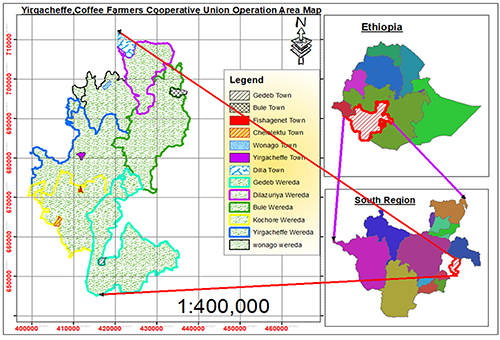
Ethiopian Yegashfi coffee is considered one of the best coffees in the world. It comes from the southern Ethiopian town of Yegashefi, part of the Sidama region, but because of its superior quality it is subdivided into its own micro-production areas. It is a wetland since ancient times, and the old saying "Yirga" means "settle down" and "Cheffe" means "wetland". Yega Shefi means to let us settle down in this wetland. With an altitude of 1700-2100 meters, it is cool and foggy all year round, and the seasons are like spring. The terrain environment and unique planting system provide the best conditions for the cultivation of fine coffee beans. Interestingly, there are no coffee plantations, coffee beans are grown under banana trees. Although some sun-dried coffee is also produced here (such as Red Cherry and Conga on Front Street), most of the coffee produced here is washed. The region produces coffee with distinctive floral and fruity flavours from traditional Arabica varieties long cultivated from wild coffee trees, although these flavour characteristics may be related to altitude.
According to the information reviewed by Front Street, the Yegashefi Coffee Farmers Cooperative Union (YCFCU) was established in June 2002 and currently has 28 major cooperative members, 44 coffee processing sites and a total of 45094 farmers. According to the Front Street Survey, coffee is the main source of income and way of life in the Yegasherfi region. But many farmers lack the tools, training and bargaining power needed to build profitable businesses. As prices have fallen, coffee has become difficult to make a living from and access to international markets has been a challenge for small farmers. YCFCU was born out of a desire to keep farmers in business and gain economic power through better organization and new market connections in the specialty coffee sector.
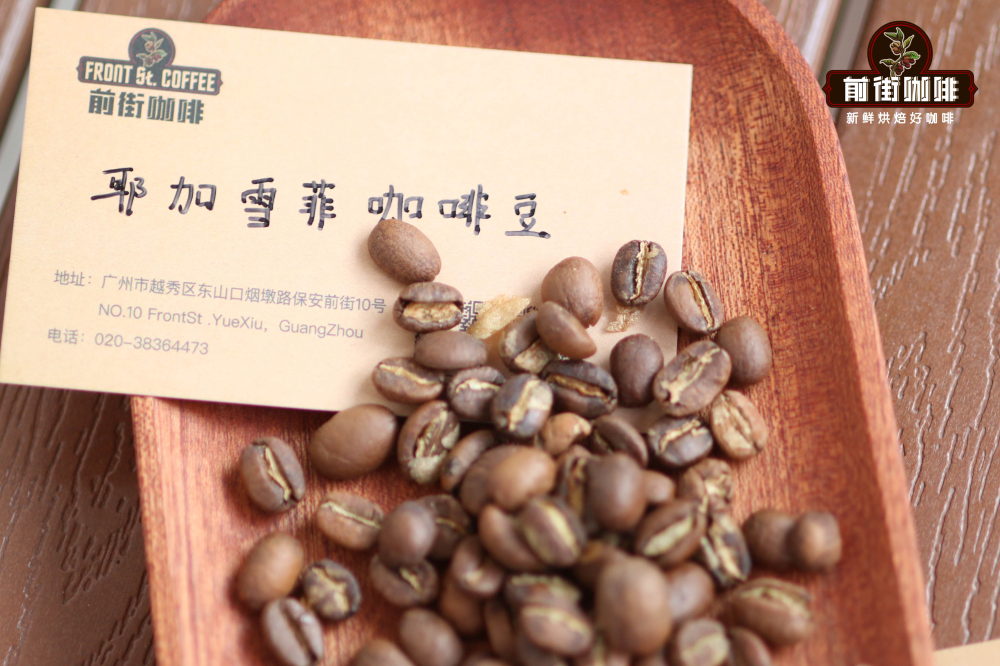
Coffee aficionados will fall in love with yegga sherry for its unique fruity and floral aromas. Yejia Xuefei has a smaller bean shape and a light yellow-green color. Its dry aroma exudes an extremely complex fruity aroma, showing an extremely outstanding fruit flavor characteristics, it is difficult to describe. Front Street Coffee believes that the general dry aroma of Yerga Shefi will emit a light floral (non-concrete) and intense fruit aroma. Drink up will have strawberry, mango, apricot jam and other tropical fruit flavor, sweet feeling higher, Wei Yun will have a light tea feeling. Take the washed yega in Qianjie Street for example. The aroma obviously has pleasant citrus and lemon sweet flavor. The taste is soft, the body is medium, the acid is lively and bright, and the whole is like fruit black tea. With a sentence "coffee entrance, flowers bloom" to describe it is the most appropriate.
Some time ago, there was such a question in the front street barista examination: Why do Ethiopian coffee sizes differ? Indeed, a closer look reveals that most coffee beans in Ethiopia are a mixture of small, medium and large beans. Qianjie thinks this has something to do with Ethiopia's local coffee grading and native bean seeds. Front Street Coffee learned that before the emergence of the Ethiopia Commodity Exchange (ECX), Ethiopia's coffee export grades were set by the CLU (Cupping and Liquoring Unit) under the Ministry of Agriculture, which mainly graded coffee green beans by the number of defective beans contained in 300g. There were five grades in total, and the lower the number, the higher the grade. Grade1 defective bean content is less than or equal to 3, Grade2 defective bean content is 4-12, Grade3 defective bean content is 13-25. Grade4 defective bean content 26-45, Grade5 defective bean content 46-90.
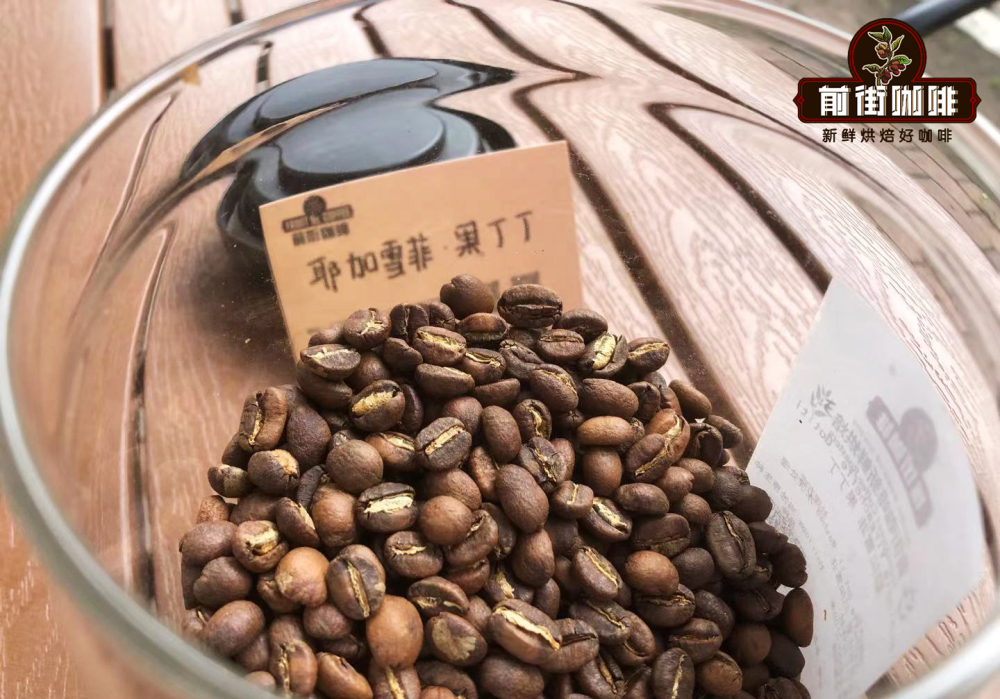
Since the establishment of the Ethiopian Commodity Exchange, green coffee beans have been graded using a composite score of physical attributes (40%) and cup flavor (60%).
Water washing treatment:
Physical characteristics (40%): number of defects (20%), appearance size (10%), color (5%), odor (5%)
Cup quality (60%): cleanliness (15%), acidity (15%), taste (15%), flavor profile (15%)
Non-washed treatment:
Physical characteristics (40%): number of defects (30%), odor (10%)
Cup test quality (60%): cleanliness (15%), acidity (15%), taste (15%), flavor characteristics (15%) Through the above introduction, we can find that Ethiopian coffee is more related to the defect rate, and does not pay attention to whether the size of raw beans is consistent. However, by observing the G1 and G2 coffee beans in Qianjie, it can be clearly found that the G2 coffee beans are not in the same level, and there will be more defective beans, but the size of the G1 coffee beans is uniform.
Next, Qianjie Coffee will brew a washed Ye Jia Xue Fei_fruit Ding Ding for everyone. Let me introduce you to the correct brewing method of Ye Jia Xue Fei.
Brewing parameters of Front Street Coffee:
V60 filter cup
Water temperature 91℃
Water to powder ratio 1:15
Powder 15g
Abrasion (80% pass rate of China No.20 standard sieve)
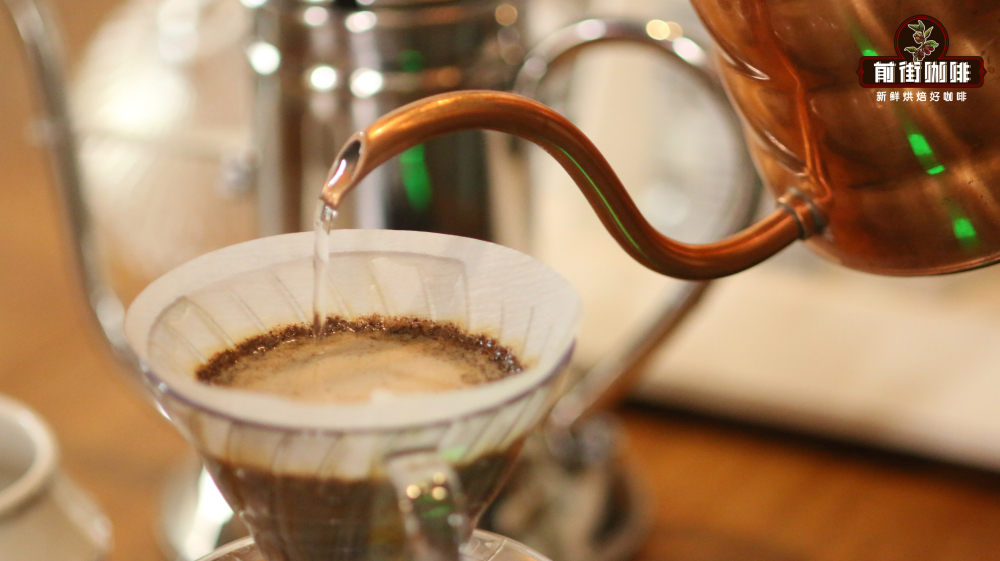
Qianjie brewing method: steam with 30 grams of water for 30 seconds, inject water in a small circle to 125 grams for segmentation, continue to inject water to 225 grams when the water level is about to expose the powder bed, remove the filter cup when the water level is about to expose the powder bed,(steam start timing) extraction time is 200 ".
Flavor Description: Dry aroma with a hint of jasmine flowers and ginger flowers, the entrance is soft citrus acid, temperature drop acidity prominent changes into lemon and plum, sugar back to the obvious, will have a faint aftertaste of oolong tea, overall fruit juice tea taste.
Professional coffee knowledge exchange More coffee bean information Please pay attention to coffee workshop (Weixin Official Accounts cafe_style)
More fine coffee beans, please add private WeChat Qianjie Coffee, WeChat: kaixinguoguo0925
Important Notice :
前街咖啡 FrontStreet Coffee has moved to new addredd:
FrontStreet Coffee Address: 315,Donghua East Road,GuangZhou
Tel:020 38364473
- Prev

Introduction to the characteristics of Yega Chefe Coffee
Professional coffee knowledge exchange more coffee bean information please follow the coffee workshop (Wechat official account cafe_style) front street-Yega Xuefei Coffee introduction Yega Xuefei is a small town in Sidamo, elevation of 1700-2100 meters, is synonymous with Ethiopian boutique coffee. Yega Xuefei has been a wetland since ancient times, and it is intended to settle down here in Turka around Yejasuefi.
- Next

A brief introduction to the difference between washing and tanning in Yejia Xuefei
Professional coffee knowledge exchange more coffee bean information please pay attention to the coffee workshop (Wechat official account cafe_style) front street-Yejia Xuefei treatment, brewing introduction Yega Xuefei washing treatment: is the use of water washing and fermentation to remove the skin and mucous membrane, the coffee beans are washed to smooth, clean and free of impurities, the washed coffee beans are also wrapped in the inner pericarp, the moisture content is up to 50%
Related
- Beginners will see the "Coffee pull flower" guide!
- What is the difference between ice blog purified milk and ordinary milk coffee?
- Why is the Philippines the largest producer of crops in Liberia?
- For coffee extraction, should the fine powder be retained?
- How does extracted espresso fill pressed powder? How much strength does it take to press the powder?
- How to make jasmine cold extract coffee? Is the jasmine + latte good?
- Will this little toy really make the coffee taste better? How does Lily Drip affect coffee extraction?
- Will the action of slapping the filter cup also affect coffee extraction?
- What's the difference between powder-to-water ratio and powder-to-liquid ratio?
- What is the Ethiopian local species? What does it have to do with Heirloom native species?

